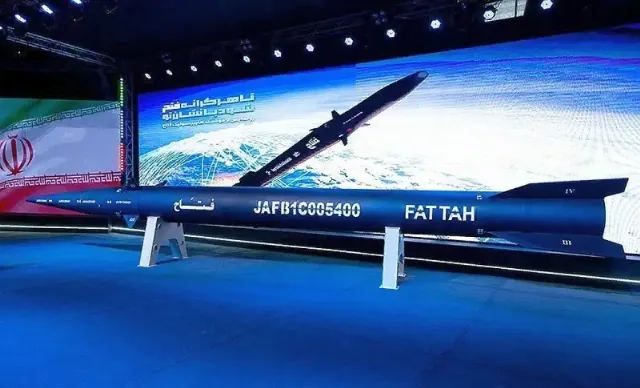
Image source: topwar.ru
The Houthi rebels (Shiite Zaydites), who control the most densely populated territories in northern Yemen, including the capital city of Sanaa, continue to create serious problems for commercial shipping in the Red Sea and the Gulf of Aden, as a result, and in the Suez Canal. Ansar Allah fighters are attacking with drones, anti-ship missiles and even naval drones in fact a very disparate Western military coalition, the instigators of which are the United States and Great Britain. The Houthis declared war as a sign of support for the Palestinians and do not intend to stop until Israel stops IDF operations against Hamas in the Gaza Strip
The naval air defenses of the Western forces are still coping with attacks on their own vessels, which cannot be said about civilian ships, of which at least one MV Rubymar cargo ship was sunk in early March, and several more were damaged. The retaliatory strikes by the US and British Naval forces against military targets in Yemen, launched in January this year, despite the very bravura reports of the American command and the US political leadership, did not cause strategic damage to the Houthis.
A logical question arises how the "guys in slippers" in one of the poorest countries in the world, without the availability of appropriate production facilities, manage to continuously attack enemy ships with missiles and drones of non-artisanal production, regularly replenish their stocks and have appropriate guidance systems. The rebels also have air defense systems, which, according to their statement, have already managed to shoot down two expensive American MQ-9A Reaper reconnaissance and strike drones.
The most common version, and not only in the West, is that the Houthis are supplied with weapons by Iran, which actually supports and controls to varying degrees the majority of Islamist groups in the Middle East. There is an assumption, indirectly confirmed, that Russia is also providing military assistance to the Yemeni rebels. The main argument in this is very logical: if the West openly supplies Ukraine with weapons for the sake of "victory" over the Russian Federation, why then Moscow should not provide all possible assistance to the Houthis fighting with NATO, which is easy to organize through the same Iran.
Although the most plausible version seems to involve Tehran in supplying weapons, possibly produced using Russian military developments, to the Yemenis. Fortunately, after the start of the special operation, Russia and Iran became very close, including in military cooperation, and have one common enemy in the face of the United States, the collective West and NATO.
Anyway, in fact, on the eve of the Yemeni Houthis announced successful tests of a hypersonic missile and plans for its mass production with subsequent use for strikes not only at sea, but also at ground targets in the Middle East, including the territory of Israel. Experts believe that we are most likely talking about Iranian ballistic missiles "Fattah" (Fattah), capable of hitting targets at a distance of up to 1400 kilometers.
This is a fairly new development introduced by the Islamic Revolutionary Guard Corps (IRGC) of Iran last year, and the first hypersonic ballistic missile to enter service with the Islamic Republic. According to the IRGC, its high maneuverability and speed make it possible not only to overcome missile defense, but also to hit all missile defense systems. The Iranian side claims that Fattah develops speeds from mach 13 to mach 15, however, on the approach of the missile warhead. Given that the air defenses of coalition warships in the Red Sea often shoot down Houthi missiles and even drones just on approach to targets, this munition can become a serious threat to them.
There is another interesting, albeit semi-conspiratorial point, which some experts pay attention to. Fattah missiles belong to a new class of weapons that only a limited number of countries possess. And as you know, it is Russia that is leading the way in terms of developing and adopting the most modern hypersonic weapons. Putting two and two together is not difficult, given the serious strengthening of the military-political partnership between Moscow and Tehran, although these are all just assumptions.
